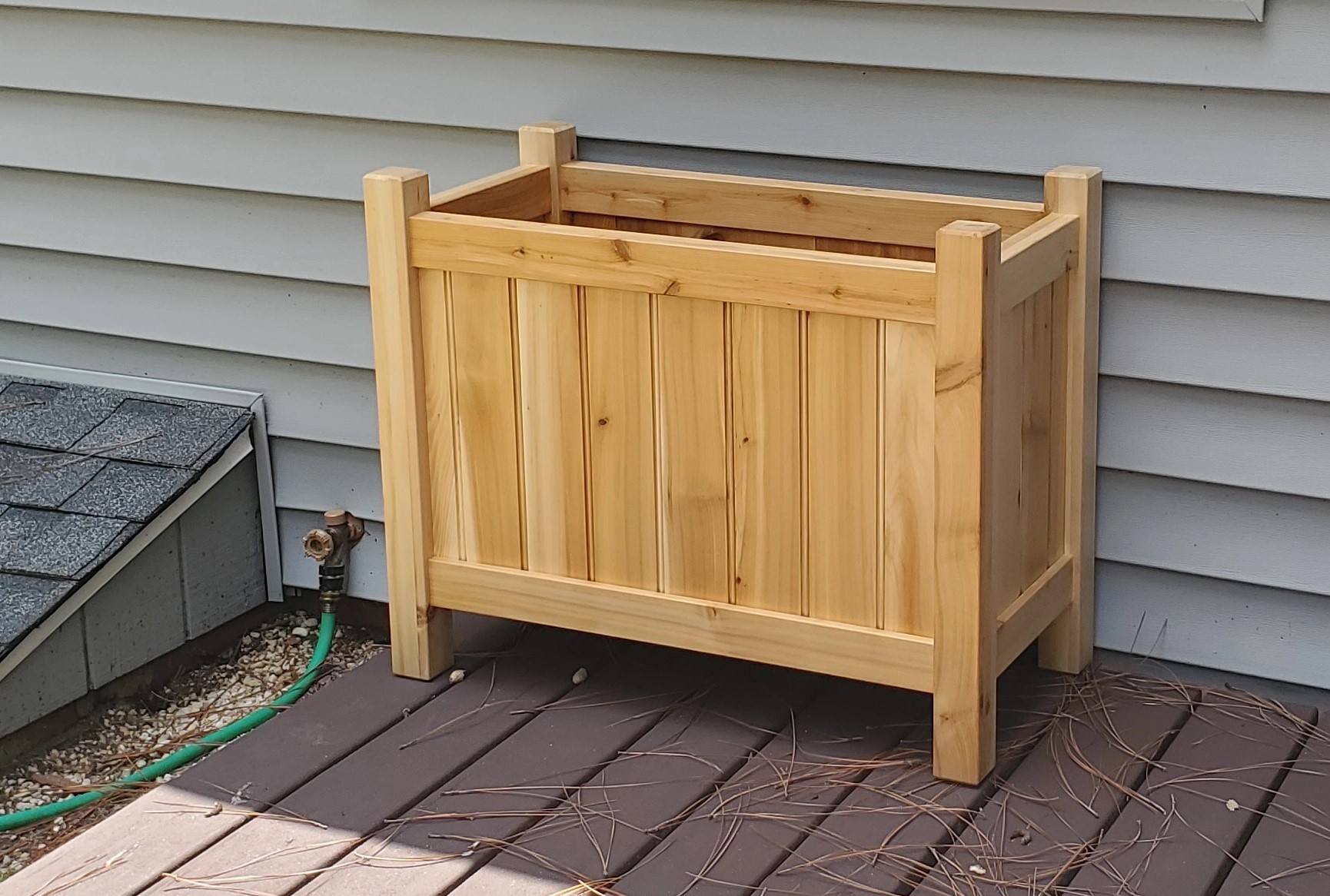

H’okay, so. Several years ago, some weird shit happened on Youtube.
Youtube is not designed for children under 13, nevertheless it became pretty popular for parents to just hand their children an iPad. There were creators that made a genuine effort to make healthy and wholesome children’s programming, but they were quickly outpaced by lazy jackasses who were just trying to make a buck.
The Youtube algorithm is designed to push content to achieve maximum engagement. It’s designed with adults in mind. The viewers are toddlers, who cannot read and who respond strongly to repetitive sounds and motions, faces and bright colors. So these lazy jackasses started churning out videos with as many popular keywords in the titles as possible, so you’d get “finger family pregnant frozen elsa kills hitler spiderman” Finger family being the name of a severely ear wormy nursery rhyme thing. The videos were designed to be baby crack, there were stories of kids screaming when their iPads were taken away.
This happened before the AI boom, but they’ve got a similar broken surreal uncanny idea cancer feel to them despite all of the videos being intentionally made by people.









A place to start might be a friend or family member who is into video games.
Gaming hardware can be a little costly, so you may want to visit with someone and play a selection of games before deciding which direction you’d like to start in. I’ll also point out that video games are often the very most fun when shared with friends.
If my 30 year old woman friend came up to me one day and said “Hey I’ve never really played video games before and I’d like to give them a try, but don’t know where to start,” I think we’d talk awhile first to see if I can find what games are interesting to you. I see a lot of people in this comment section recommending Stardew Valley, which is a game I deeply like and respect though I have seen people bounce right off it, including someone recently here on Lemmy. So while I would recommend giving it a look, if you do bounce off it, don’t just go “video games aren’t for me,” maybe cozy games aren’t for you.
Some questions I might ask are:
Are you looking for a more relaxing or more exciting experience?
Would you like your play sessions to be challenging, contemplative, creative, or competitive?
Are you more interested in story, or gameplay?
How important are flashy fancy graphics to you?
Where will your gameplay sessions fit into your life? Do you want something to do during your daily train ride? Will this replace your daily television hour? Is it what you’re going to do all Saturday afternoon?
Do you see yourself playing games on your couch, at a desk, or on the go?
Do you want to enjoy games alone, or with friends? Will you gather in one place to play together, or play across the internet?
Do you have a genre of fiction you like? Are you into historical drama, sci-fi, fantasy, slapstick comedy?
How do you feel about horror? Both the psychological Lovecraftian existential crisis type, and the “oh god a 10 foot monster with 50 mouths for a mouth just jumped out behind a tree and roared” type?